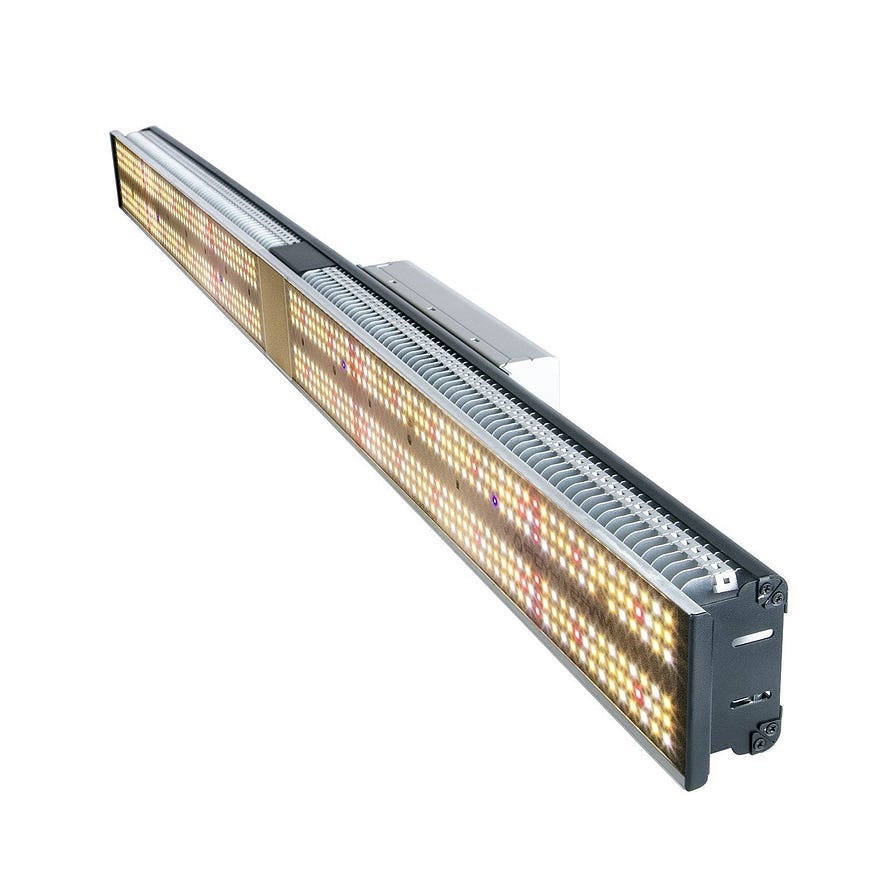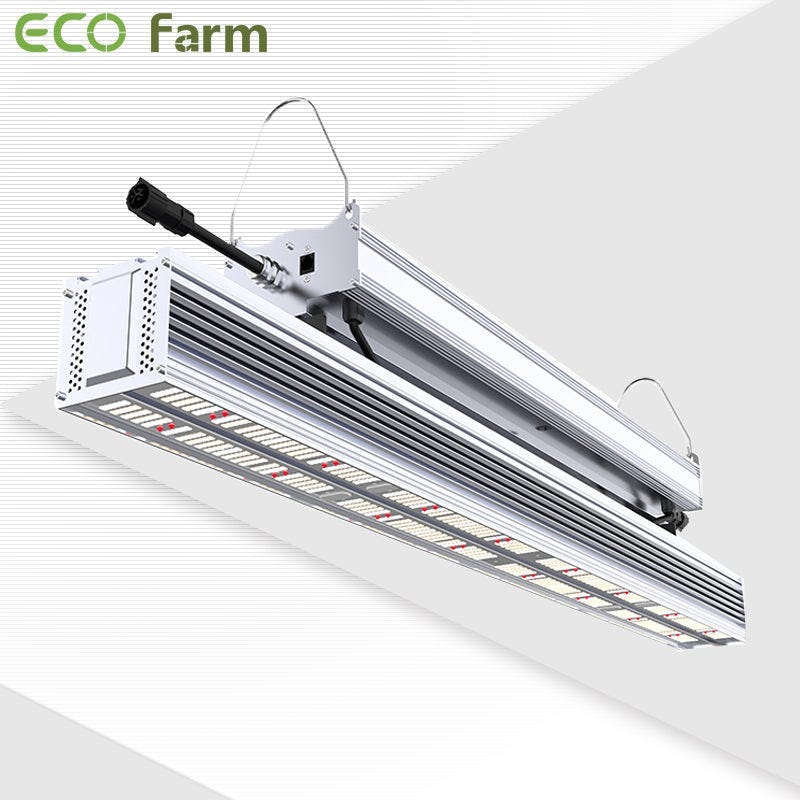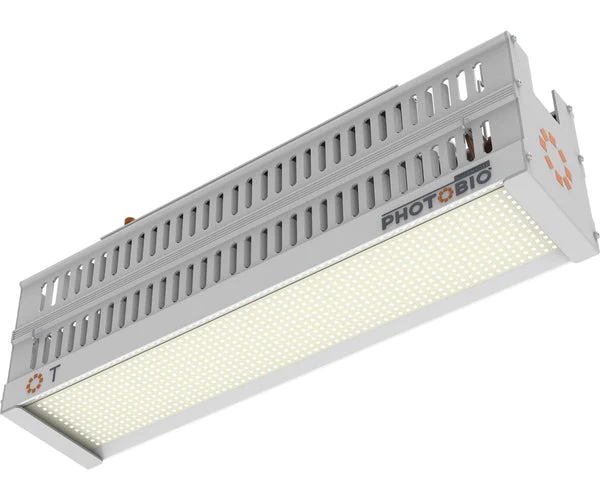- Home
-
SHOP ECO FARM
- ECO Farm Grow Lights
- ECO Farm LED Grow Lights
- ECO Farm Quantum Board
- ECO Farm Samsung LED Grow Lights
- ECO Farm COB Grow Lights
- ECO Farm Commercial Lights
- ECO Farm Supplemental Grow Light
- ECO Farm Fluorescent grow lights
- ECO Farm HPS & MH Grow Lights
- ECO Farm CMH Grow Lights
- ECO Farm HID/CMH Bulbs & Ballasts
- ECO Farm Grow Tents & Kits
- ECO Farm 2x2ft Grow Kits
- ECO Farm 3x3ft Grow Kits
- ECO Farm 3.3x3.3ft Grow Kits
- ECO Farm 4x4ft Grow Kits
- ECO Farm 5x5ft Grow Kits
- ECO Farm Grow Tent - Standard Style
- ECO Farm Grow Tent - Extension & Roof & Lodge Style
- ECO Farm Extraction & Harvest
- ECO Farm Rosin Press Machine
- ECO Farm Dry & Wet Trimmers
- ECO Farm Oil Accessories
- ECO Farm Medicinal Plants Grinder
- ECO Farm Medicinal Plants Containers
- ECO Farm Medicinal Plants Dryer
- ECO Farm Refrigeration Dryer
- ECO Farm Climate Control & Other Accessories
- ECO Farm Inline Duct Fans
- ECO Farm Oscillating Fans
- ECO Farm Exhaust Fans
- ECO Farm Air Filter
- ECO Farm Duct Muffler
- ECO Farm Ventilation Kits
- ECO Farm Plant Humidifiers
- ECO Farm Plant Dehumidifiers
- ECO Farm Hydroponic Accessories
- ECO Farm Other Accessories
- ECO Farm Hydroponics Microscopes
-
TOP BRANDS
- Grow Lights Brands
- Adjust-A-Wing
- Apollo Horticulture
- Bestva
- Black Dog LED
- California Lightworks
- ChilLED Grow Light
- Eco Farm
- HLG - Horticulture Lighting Group
- Kingled
- Kind LED
- Mars Hydro
- Morsen
- Neilo
- NextLight
- Phlizon
- PlatinumLed
- Roleadro
- Optic LED Grow Lights
- ViparSpectra
- Vivosun
- EYE Hortilux
- IPOWER
- NanoLux
- Phantom grow light
- Gavita grow lights
- Grower's Choice
- Lumatek
- Maxibright
- Yearld Pro
- ThinkGrow
- Crecer Lighting
- Green Sunshine Electric Sky
- fohse aries
- loriflux
- luxx
- fluence
- iluminar
- Lex
- LTC
- Rayonled
- FGI
- PHOTONTEK
- Grow Tents & Kits Brands
- Apollo Horticulture
- Black Box
- CoolGrows
- Eco Farm
- GrowLab
- Gorilla Grow Tents
- Mars Hydro
- Quictent
- Secret Jardin
- Unit Farm
- TopoGrow
- VIVOSUN
- Topolite
-
COMPANY INFO
-
COOPERATE WITH US
- Blog
Best 300W LED Grow Light Bars of 2023
May 31, 2023
Indoor gardening has become very popular and growing in popularity in recent years, with many people opting to grow their own plants at home. One of the most important facts about indoor gardening plants is lighting. Traditional incandescent bulbs or fluorescent bulbs can provide light, while LED grow lights can provide specific wavelengths of light, especially red light and blue light are two wavelengths that are very important for plant growth.
Benefits Of LED Grow Lights
Longer lifespan than most lighting options
Produces less heat
Uses less energy
Emits full-spectrum light
More compact growing options
Typically easy to customize
Becoming more affordable each year
State and federal rebates available in some situations
Cons Of LED Grow Lights
More expensive upfront than a lot of lights
The blue light generated can harm your retinas
Light burn on plant leaves is a potential risk with this type of indoor lighting
Mars Hydro SP-250 LED Grow Light

Features:
The Mars Hydro LED grow light is meant for a multitude of applications, from greenhouse growing to indoor gardening. Thanks to multiple features, Mars Hydro SP250 is an excellent piece of hardware for your plants. It is perfect for 2' x 4' stage, higher intensity in a MARS HYDRO grow tent, reflective area, or by crossing over using multiple SP250. The SP250 pulls 230-watts from the wall and is meant to replace 2,000-watts of traditional HID lighting. For those of you who have experience with HID lighting — this is a massive difference. Mars Hydro LED grow lights will provide high performance, long-lasting and energy saving for general purpose use. This plant growing lamp uses 240 watts, which is equivalent to 1200w traditional lights.
ECO Farm ECO-GX Series LED Grow Light Bar

Features:
This ECO Farm LED grow light uses OSRAM chips to provide the highest PAR/LUMEN output with the actual power of 330W. This LED grow light is very suitable for plant growth and flowering, making your growing life easy and convenient; and with a noiseless and fanless LED strip design, it is also a good choice for indoor growing side lighting for plants. This grow light also features a waterproof and dimmable Mean Well driver with auto-sensing power for 120VAC and 240VAC and 277VAC for large rooms and commercial setups. This grow light is covered with glue to protect the water from light, no need to worry about the high humidity greenhouse growing environment, and has a 50% longer lifespan compared to other brands of lights. ECO Farm LED Grow Lights feature full spectrum high output LEDs to provide optimal light for sowing, plant and flowering cycles, as well as herbs and other foods. Suitable for all stages of plant growth. Make your plants grow faster and develop better.
PHOTOBIO T 330W LED Grow Light With S4 Spectrum

Features:
PHOTOBIO LED grow lights are designed for greenhouse and indoor applications. The slender design minimizes sunlight disturbance while providing more access to the plant canopy. The ultra-efficient commercial design utilizes a closed-loop heat pipe cooling system to quickly remove heat from the diodes, providing excellent heat dissipation and long life. The efficient S4 spectrum provides ideal human and plant health conditions for better working conditions and consistent crop quality.
Factors to Consider When Choosing LED Grow Lights
When selecting LED grow lights for plant cultivation, growers should consider several factors to ensure they choose the best light for their operation. One of the most important factors to consider is the light spectrum emitted by your grow lights. Different wavelengths of light are beneficial at different stages of growth, so growers should choose LED grow lights that can be customized to emit the spectrum that plants need.
Growers should also consider the intensity of the light emitted by LED grow lights. Indoor plants require a certain light intensity to grow and produce high-quality buds. Recommended light levels vary by growth stage, so growers should choose adjustable LED grow lights to provide the right light level for plants.
Another important factor to consider when choosing LED grow lights is their footprint. Indoor plants need a certain amount of light to grow and thrive. Growers should choose LED grow lights that provide adequate coverage for their growing space to ensure plants get the light they need.
Growers should also consider the heat output of LED grow lights. While LED grow lights produce less heat than traditional light sources, they still generate some heat. If the grow space is not properly ventilated or cooled, the heat output of LED grow lights can damage the plants or reduce yields. Growers should choose LED grow lights with a heat output appropriate for their growing space and take steps to ensure proper ventilation and cooling.
Finally, growers should consider the cost of LED grow lights. While LED grow lights may be more expensive than traditional lighting sources, they can save money in the long run due to their energy efficiency and longevity. Growers should weigh the upfront cost of LED grow lights against the long-term savings to determine the best option for their operation.
Conclusion
At the end of the day, choosing LED or other types of grow lights comes down to preference and need. Most importantly, LEDs are a better choice than other lighting systems in the long run based on their efficiency and quality. That said, different types of plants, such as small plants, can do well under fluorescent lighting. But as LED technology continues to improve, the cost differential will continue to narrow, and the type of bulb you buy will likely no longer fall into the fluorescent, incandescent, or HID category.
